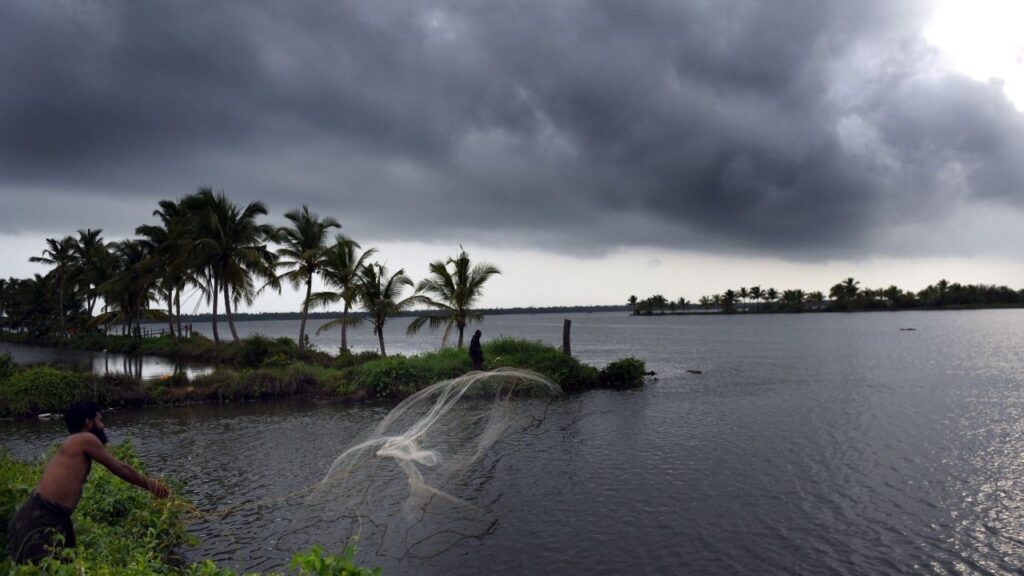The monsoon arrived in Kerala on May 24, eight days ahead of its usual onset date of June 1, according to the India Meteorological Department (IMD). This marks the earliest arrival over the Indian mainland since 2009, when monsoon rains began on May 23. Historically, the usual onset date for the monsoon over Kerala is June 1. However, in recent years, there has been variability in these dates.
IMD said that the monsoon also arrived in parts of Karnataka, Puducherry, Tamil Nadu, and Mizoram. It is progressing rapidly and is expected to reach parts of Maharashtra, Andhra Pradesh, the remaining areas of Tamil Nadu, as well as parts of West Bengal and Sikkim within the next 2–3 days.
However, the earliest recorded arrival was on May 11 in the year 1918. On the other hand, the record for the late onset was in 1972, when monsoon rains began as late as June 18. In the last 25 years, the most delayed arrival occurred in 2016, when the monsoon entered Kerala on June 9.
The India Meteorological Department (IMD) had earlier announced that the southwest monsoon was expected to arrive over Kerala on May 27, marking an early onset compared to the usual date of June 1.
This early arrival is attributed to favourable atmospheric conditions, including stronger cross-equatorial winds and increased moisture from the Bay of Bengal. These factors collectively create conducive conditions for the monsoon’s advancement over the Indian subcontinent. The IMD has forecasted above-normal rainfall for this year’s monsoon season. This positive outlook is expected to benefit agriculture, as timely and sufficient rainfall is crucial for sowing kharif crops such as rice, maize, and pulses.
An early and robust monsoon onset is poised to benefit the agricultural sector significantly. Timely rainfall can facilitate the early sowing of kharif crops, enhancing crop yields and contributing positively to the nation’s economy. Given that approximately 70% of India’s annual rainfall occurs during the monsoon season, its timely arrival is vital for irrigation and replenishing water sources, especially since nearly half the country’s farmland relies solely on these rains.
IMD utilizes a statistical model developed in 2005, which considers various meteorological parameters to predict the monsoon onset. This model has a standard deviation of ±4 days, indicating that while May 27 is the forecasted date, the actual onset could vary between May 23 and May 31.
As monsoon arrives, IMD will continue to monitor atmospheric conditions and provide updates to ensure preparedness across sectors reliant on monsoon rains. The early onset is expected to benefit agriculture, as it provides timely rainfall for sowing of kharif crops such as rice and maize. Additionally, it may offer relief from the prevailing heatwave conditions in several parts of the country.
The monsoon’s early arrival is not only a meteorological event but also a significant economic indicator. Agriculture contributes approximately 15-18% to India’s GDP, and its health often has a ripple effect on rural incomes, food prices, and overall economic growth. A strong and timely monsoon can stabilize food prices, improve farm incomes, and even reduce pressure on government subsidies for irrigation and crop insurance.
Beyond agriculture, the monsoon plays a crucial role in replenishing reservoirs critical for drinking water supply and power generation across the country. A good, well-distributed rainfall will go a long way in boosting Kharif production and provide necessary residual soil moisture for the following Rabi harvest.

















